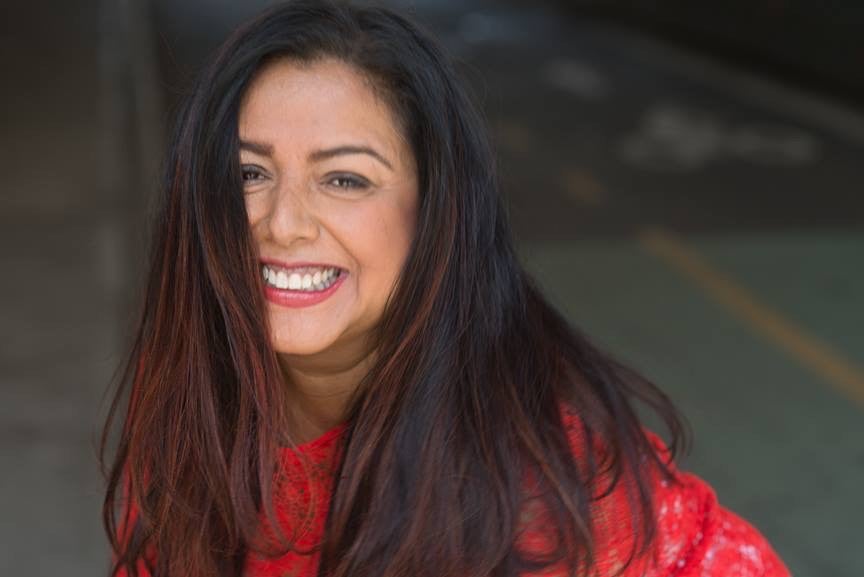Module 3: Bangladeshi American Literature
What histories do Bangladeshi Americans embody?
When Sharbari Ahmed stepped into the writer’s room for the ABC program Quantico in June of 2015, she was the first writer of Bangladeshi descent to ever write for an American network show. Growing up in the US, Ahmed never felt she could “represent” her heritage. The producers soon realized she was a “twofer,” or someone who can fill two roles. First, they hired Ahmed because she was, like Priyanka Chopra who was the star of the show, South Asian. Second, she was Muslim like some of the main characters. Producers deferred to Ahmed on writing anything referring to South Asia or being Muslim, including the experience of being Indian and Muslim, and not necessarily Bangladeshi and Muslim. In the end, she felt simultaneously visible and invisible.

Image 07.03.01 — Author and screenwriter Sharbari Ahmed is the first Bangladeshi to write for an American network TV show, Quantico on ABC.
Created date, created by Name, Title Italicized. Credit line indicating where the image is from. Metadata ↗
South Asian American literature is celebrated in the US, but for Bangladeshi American writers, the challenge has been to carve out a distinct space for themselves in order to express their unique history and voice. However, the publishing world still marginalizes them. It expects them to conform to the standard narratives of South Asian American writing, even if that is not Bangladeshi.
This module presents portraits of four writers to explore how each negotiates Bangladeshi American identity in their writing and careers. Such a negotiation includes first and foremost the burden of representation. As any ethnic minority writing literature in the US, Bangladeshi American writers also have the weight of representing the Bangladeshi diasporic experience in their writing.
This module also explores the significance of the political history of Bangladesh including the 1971 Liberation War. We consider how Bangladeshi American writers navigate the political context of the US from the anti-Muslim backlash post-9/11 to the challenges of remaining invisible as Bangladeshis within Asian American and South Asian American communities. Together, these portraits illuminate the Bangladeshi diaspora writers’ triumphs and challenges as they navigate the broader landscape of Asian American writing.
How do Bangladeshi American writers navigate the pressures of representing the Bangladeshi diasporic experience in their cultural expression?
How does Bangladeshi political history, including the 1971 War of Liberation, influence these writers’ imagination?
What role does language, both Bangla and English, play in forming the authors’ voices?








